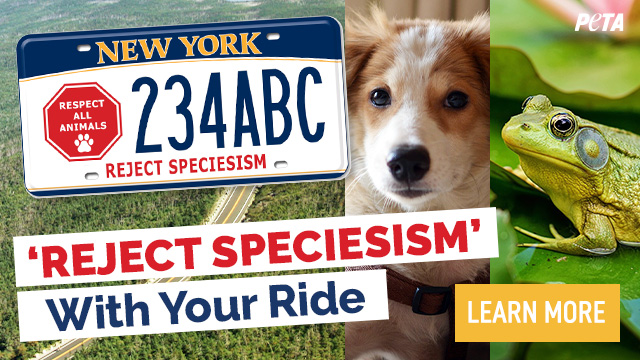Happy Comes Home
A Feline Love Story
I live for people to be happy with their cats, and most are very happy. But some people have cats with behavior challenges. My life goal, almost a romantic calling, is to create a happier world for cats and the humans who love them. I started working with cats and clients in 2002. In time, I began working for the ASPCA and now I work at one of the largest open admission shelters in the country, the Animal Care Centers of NYC, a wonderful and progressive organization that transforms the lives of thousands of people and animals every year. I also work privately with clients to help them and their cats be the happiest they can be. It is deeply personal for me to help with these connections, these people and their cats.
As I worked on professional development, getting a certification in feline training and behavior and creating a business outside of the shelter where I work, a friend of mine, James Gaynor, came to me with an idea. He said, “Why don’t you write a children’s book about cat behavior?” His idea was about reaching young people and their parents with easy lessons about cat behavior. To show them how to help their cat be the happiest cat ever, when sometimes that can be a challenge.
UNDERSTANDING THE FELINE
Cats are, in some ways, almost wild animals and even though they’re domesticated and socialized, they still have predatory instincts that need to be understood and often redirected. So, I got together with my husband Thom Heyer, an artist and illustrator, our friend James, and another good friend, Mary Trudel, and we basically workshopped “Happy.” The premise is we have a family: mom, dad and their child, Avery, who all want a cat (Avery most of all!). They go to a shelter and find a wonderful cat named Happy. They adopt Happy and bring this cute cat home, imagining all the wonderful things Happy would do, like stretch out on the sofa purring, sleep at the foot of Avery’s bed, and eat yummy food while the family ate dinner. But when they got Happy home, it was a “cat-tastrophy!” Happy scratched up the sofa, stole the family’s dinner and woke the parents up in the wee hours of the night. The parents wanted to return Happy, but Happy was Avery’s best friend, so something had to be done.


The family did some online research and found a certified “Catsultant” named Mr. Top Cat, who coincidentally resembles a feline version of myself. Mr. Top Cat appears at the door to help set things right. What follows are a series of easy-to-take-in teachable moments that help guide the family and Happy so that everyone can be the happiest versions of themselves. Mind you, Happy has always been a super happy cat, just a cat without manners.
Thus begins the adventures of a cat, a child, and a family trying to find the happiness so many of us seek with our feline friends. Would Happy be allowed to stay? Would Happy settle down? The answers lie in the bond between Happy and Avery and the common-sense behavior tools Mr. Top Cat brings to the family using his deep understanding of cats’ nature.
A LABOR OF LOVE
The process of creating this book was a deep collaboration with Thom. He would tell me when a phrase was awkward or unclear. I would offer feedback on Thom’s illustrations, sometimes in a strident voice, saying, “Where’s Mr. Top Cat’s Tail?” or “We really need a scratching post here.” This would always cause him more work, but what’s important is telling the story.
Thom and I were theater designers in the past—he was a costume designer, and I was a lighting designer, so we were both very concerned with narrative. With Happy Comes Home, we also consciously wrote a story without gendering Avery or Happy. We didn’t do this to make a statement; instead, we allowed children to make their own decisions. Is Avery a boy or a girl, or is Happy a male or female cat? That’s up to them to decide. Writing dialogue without using gender is very tricky. It’s easy to end up with word salad! Ultimately, every cat wants to be understood and wants a cozy spot to lay their head and purr. Happy was home.
Stephen Quandt is the founder of Stephen Quandt Feline Behavior Associates, LLC.








